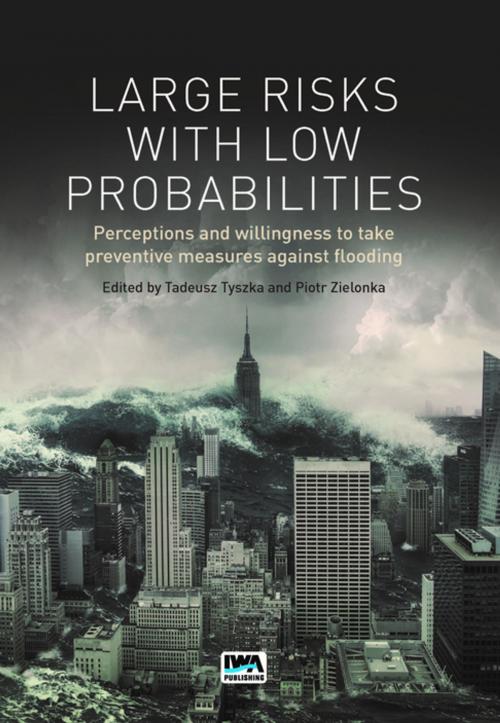Large Risks with Low Probabilities: Perceptions and willingness to take preventive measures against flooding
Nonfiction, Science & Nature, Science, Other Sciences, Applied Sciences, Biological Sciences, Environmental Science, Technology| Author: | ISBN: | 9781780408873 | |
| Publisher: | IWA Publishing | Publication: | August 15, 2017 |
| Imprint: | IWA Publishing | Language: | English |
| Author: | |
| ISBN: | 9781780408873 |
| Publisher: | IWA Publishing |
| Publication: | August 15, 2017 |
| Imprint: | IWA Publishing |
| Language: | English |
This volume contains studies of one particular category of risky situations, namely, those involving highly negative consequences with low probabilities. Situations of this type involve both natural and man-made disasters (e.g. floods, technological hazards, economic crises, epidemics, etc.). Such risks are characterized by two features: (1) they occur relatively rarely (the probability of their occurrence is very low) and (2) they have extremely negative consequences (they are catastrophic). Such events generally cannot be prevented, but one can both try to anticipate them and undertake actions aimed at ameliorating their negative consequences. Consequently, the first part of the book is devoted to risk perception issues. It includes studies devoted to the following questions which arise when people have to deal with probabilities, and small probabilities in particular: How can probabilistic information be communicated effectively? What is the impact of emotions on perceptions of, and reactions to, probabilistic information? Other relevant issues are also discussed. The second part of the book is devoted to protection and insurance against risk. Thus, it includes studies answering the following questions: What determines a person’s willingness to take preventive actions in areas susceptible to severe flooding? How do people form their own risk estimates? Research presented in the book extends our knowledge of human behavior in situations characterized by large risks and low probabilities, leading to better comprehension of the functioning of cognitive and affective processes in perception and decision making in situations where uncertainty and risk are accompanied by highly negative consequences.
This volume contains studies of one particular category of risky situations, namely, those involving highly negative consequences with low probabilities. Situations of this type involve both natural and man-made disasters (e.g. floods, technological hazards, economic crises, epidemics, etc.). Such risks are characterized by two features: (1) they occur relatively rarely (the probability of their occurrence is very low) and (2) they have extremely negative consequences (they are catastrophic). Such events generally cannot be prevented, but one can both try to anticipate them and undertake actions aimed at ameliorating their negative consequences. Consequently, the first part of the book is devoted to risk perception issues. It includes studies devoted to the following questions which arise when people have to deal with probabilities, and small probabilities in particular: How can probabilistic information be communicated effectively? What is the impact of emotions on perceptions of, and reactions to, probabilistic information? Other relevant issues are also discussed. The second part of the book is devoted to protection and insurance against risk. Thus, it includes studies answering the following questions: What determines a person’s willingness to take preventive actions in areas susceptible to severe flooding? How do people form their own risk estimates? Research presented in the book extends our knowledge of human behavior in situations characterized by large risks and low probabilities, leading to better comprehension of the functioning of cognitive and affective processes in perception and decision making in situations where uncertainty and risk are accompanied by highly negative consequences.















